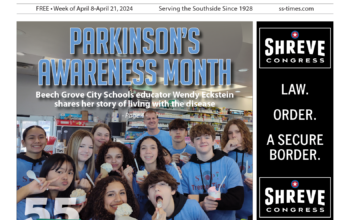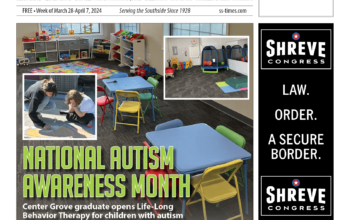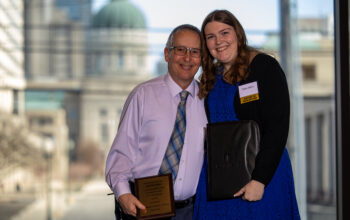Topics is a course at Southport High School taught by Kevin Sanders that analyzes major events from United States and world history through Hollywood films that attempt to portray those events. Students investigate historical documents and other sources to determine if a film is historically accurate.
The goal is for students to develop deeper understandings of the historical discipline while generating questions about the way the world is around them, along with watching classical films that have graced American and international screens.
Student: Caleb Nelis
Film Reviewed: JFK
JFK is a movie made in 1991 by director, Oliver Stone that is explaining the assassination of John F. Kennedy in 1963 and its alleged cover-up, through the eyes of former New Orleans district attorney Jim Garrison. Garrison filed charges against Clay Shaw for his alleged participation in a conspiracy to assassinate Kennedy, for which Lee Harvey Oswald was found responsible by the Warren Commission. It is based on the books, “On the Trail of the Assassins” by Jim Garrison and “Crossfire: The Plot That Killed Kennedy” by Jim Marrs. Throughout the movie, Garrison is trying to figure out what events led up to the killing of Kennedy.
JFK became embroiled in controversy at the time of its release. Many major American newspapers ran editorials accusing Stone of taking liberties with historical facts. The film significantly aroused anger and changed beliefs toward accepting the broad conspiracy hypothesis of multiple agents and agencies involved in the Kennedy assassination and its cover-up. The film’s impact on moods, beliefs, and judgements was found to be specific to the themes and persuasive message of the film.
The film’s cinematic techniques start with the music in the beginning where it gets louder and scarier and then quiet when Kennedy gets shot and killed. The scene then cuts to the people either crying or don’t care. Another film technique I noticed is the court scene where Garrison shows and tells what exactly happened. You can see actual footage of the shooting and then parts that were filmed. The music is either creepy or eerie to show the emotion in the scene. When the court scene about the truth came in, there were a lot of techniques in there. There were a lot of close-ups of certain people that showed their reaction or emotion to Garrison’s speech. You can see Garrison’s emotions where he was crying. Toward the end of the scene, he says “It’s up to you.” He looks directly at the camera, almost like breaking the fourth wall. He wants people to react in a way where we can get the good work done in this country. In the scenes where there isn’t a lot going in, you can still see the raw emotion of the actors and how they’re portraying the characters.
JFK has a way of telling the story to a certain instinct where it’s almost like you’re on the edge of your seat wondering what’s going to happen or who really did it. It also tells a story of one of the most shocking things in this country that happened. The movie almost takes on a roller coaster throughout the whole thing. You have the death of Kennedy as the roller coaster goes up then goes down. Then after that, it’s the bumpy part of the roller coaster where everyone is trying to figure out what happened and who was involved and who wasn’t. Then, the end of the roller coaster is the court scene where the truth eventually comes, out and the ride comes to a stop and everything goes back to normal for the country.


